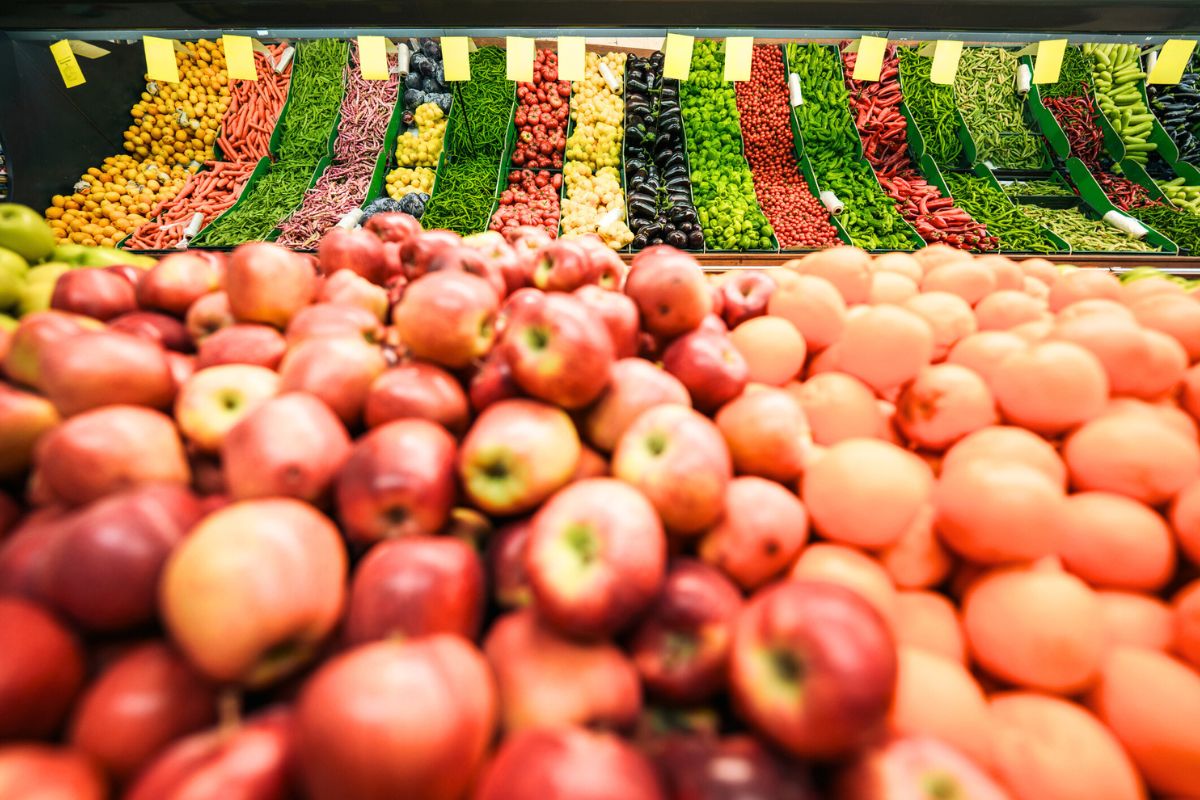Fruits and vegetables contaminated with “forever chemicals”: the alarming health risk

They’re called “forever chemicals” for a reason — and new research shows they’re making their way into the fresh produce on our plates. Known scientifically as PFAS (per- and polyfluoroalkyl substances), these synthetic compounds have been in use since the 1940s, found in everything from cosmetics and non-stick pans to food packaging and even outdoor gear. Their defining trait? They break down so slowly in nature that they can persist for centuries, building up in soil, water, and living organisms.
A growing presence in our environment
Today, PFAS contamination is nearly everywhere — in drinking water, the air we breathe, and the ground we farm. A global study examining 45,000 water sources found that 31% contained PFAS levels above recommended safety thresholds. These chemicals are not just stubborn; they’re harmful. Long-term exposure has been linked to kidney and testicular cancer, elevated cholesterol, liver damage, and weakened immune function.
Which foods are most affected?
According to the UK’s Pesticide Residues in Food Committee (PRiF), traces of PFAS have been detected in a wide range of fruits, vegetables, and spices. The most striking results came from strawberries — an astonishing 95% of 120 samples tested contained pesticide residues with PFAS compounds.
Other produce wasn’t far behind:
- Grapes: 61% of samples contained PFAS residues
- Cherries: 56%
- Spinach: 42%
- Tomatoes: 38%
- Peaches, cucumbers, apricots, and beans: at least 15% of samples tested positive
In total, 1.8% of all produce samples exceeded the UK’s legal limits for pesticide residues. While the report suggested minimal immediate risk from these specific foods alone, experts warn that PFAS exposure is cumulative — meaning the small amounts from produce are added to what we already consume from packaging, cookware, drinking water, and air.
Why this matters for consumers
Nick Mole, from Pesticide Action Network UK, voiced deep concern over the findings: “Given the growing evidence linking PFAS to serious diseases like cancer, it’s troubling that consumers have no real choice but to ingest these chemicals — some of which can remain in the body for years.”
This persistence means even occasional consumption adds to our overall chemical load. For the average person, avoiding PFAS entirely is nearly impossible, but awareness can push policymakers and industries toward stronger safety standards and better alternatives.
The bigger picture
The rise of PFAS contamination is a stark reminder that food safety is not just about bacteria or short-term toxins — it’s about the long-term, invisible pollutants building up in our ecosystems. While washing produce can reduce some pesticide residues, it won’t eliminate PFAS, which can be absorbed into the plant during growth.
As research mounts, so does the call for stricter regulations, better monitoring, and a shift away from chemical-dependent agriculture. Until then, consumers are left navigating a reality where even a fresh strawberry may carry a chemical legacy that could outlast us all.
Loading...

